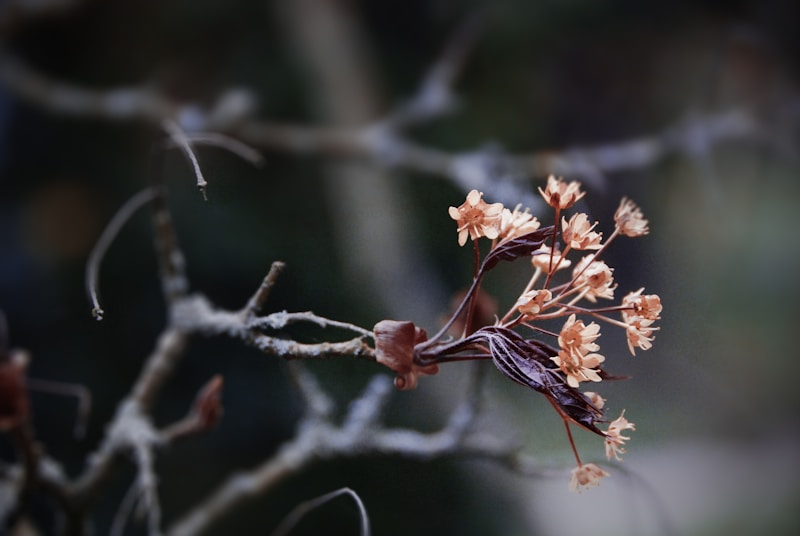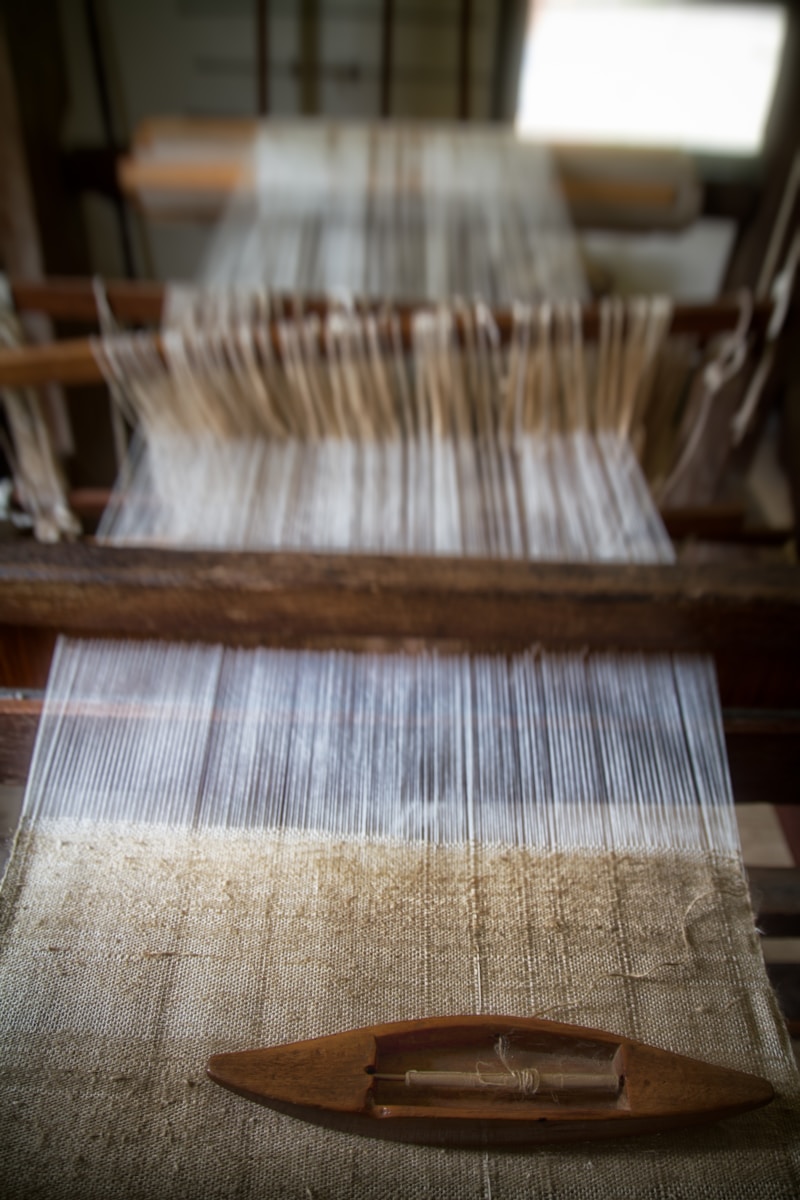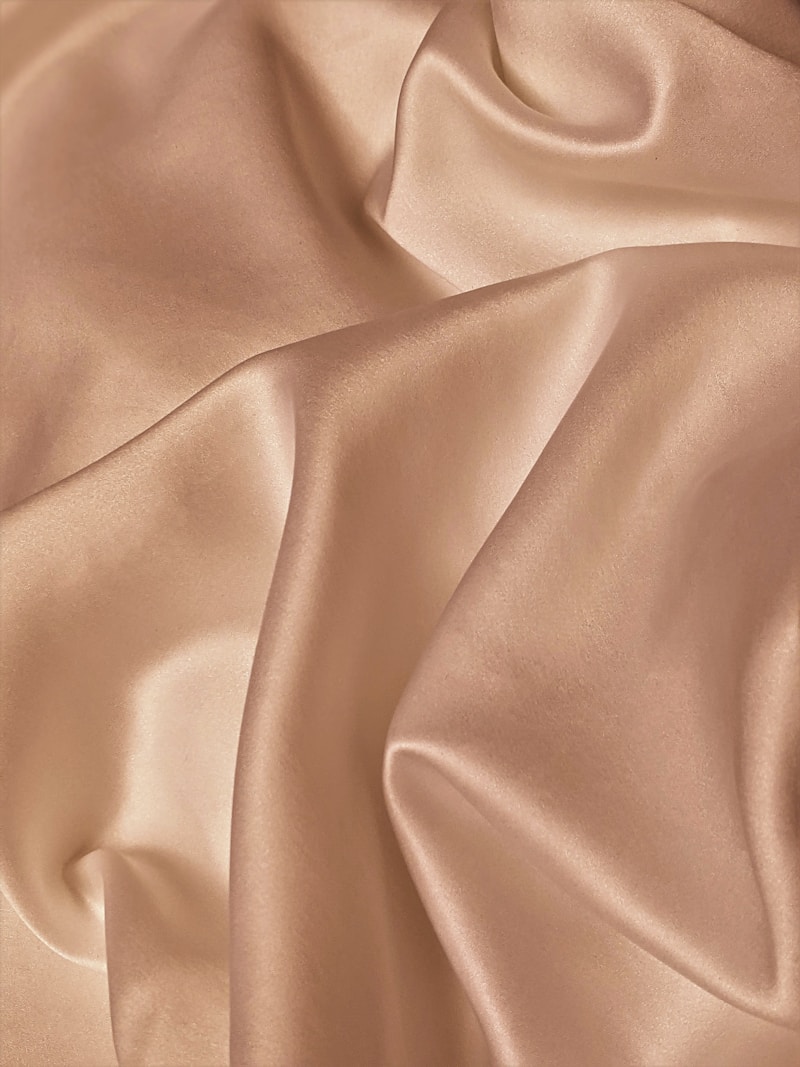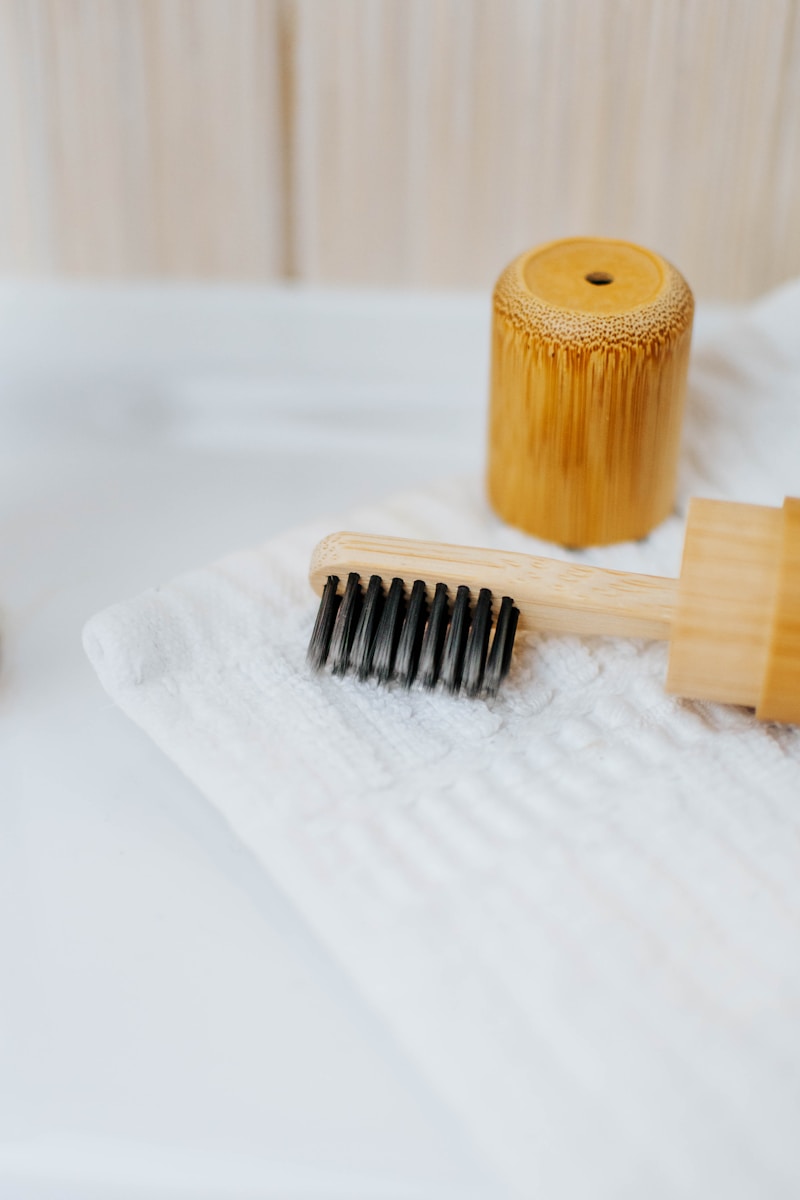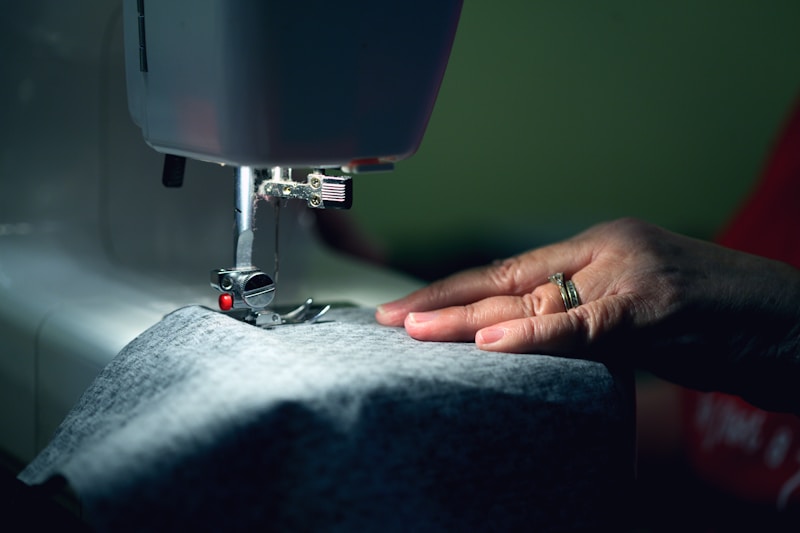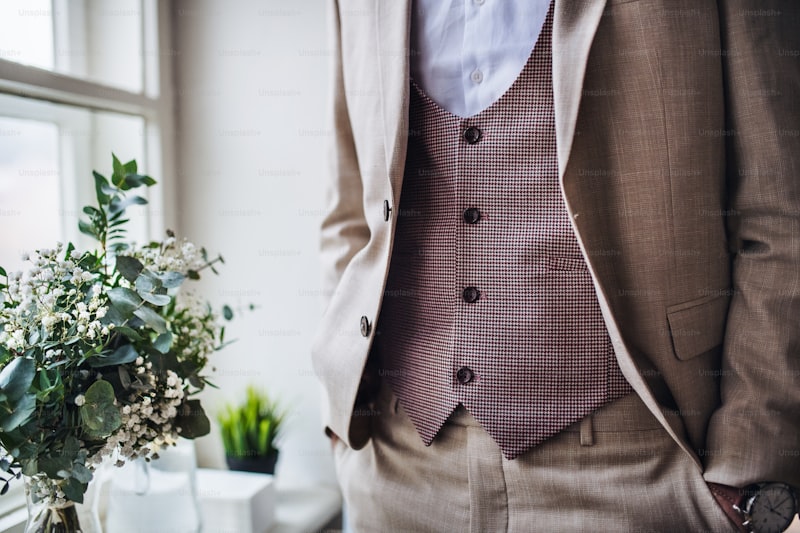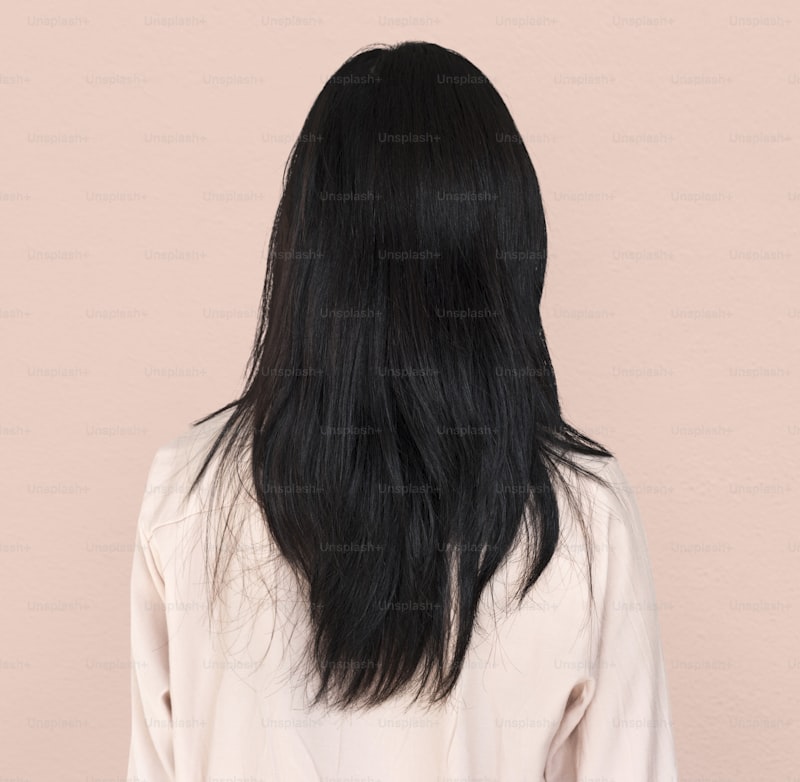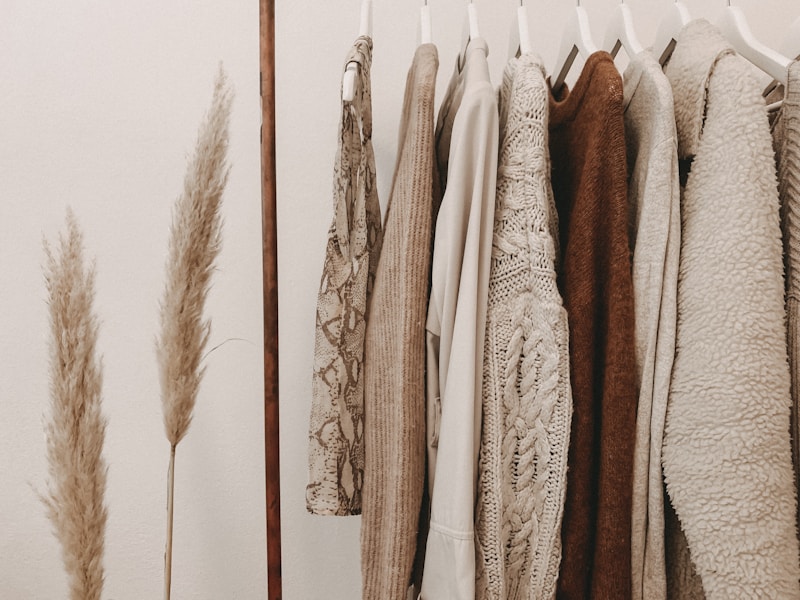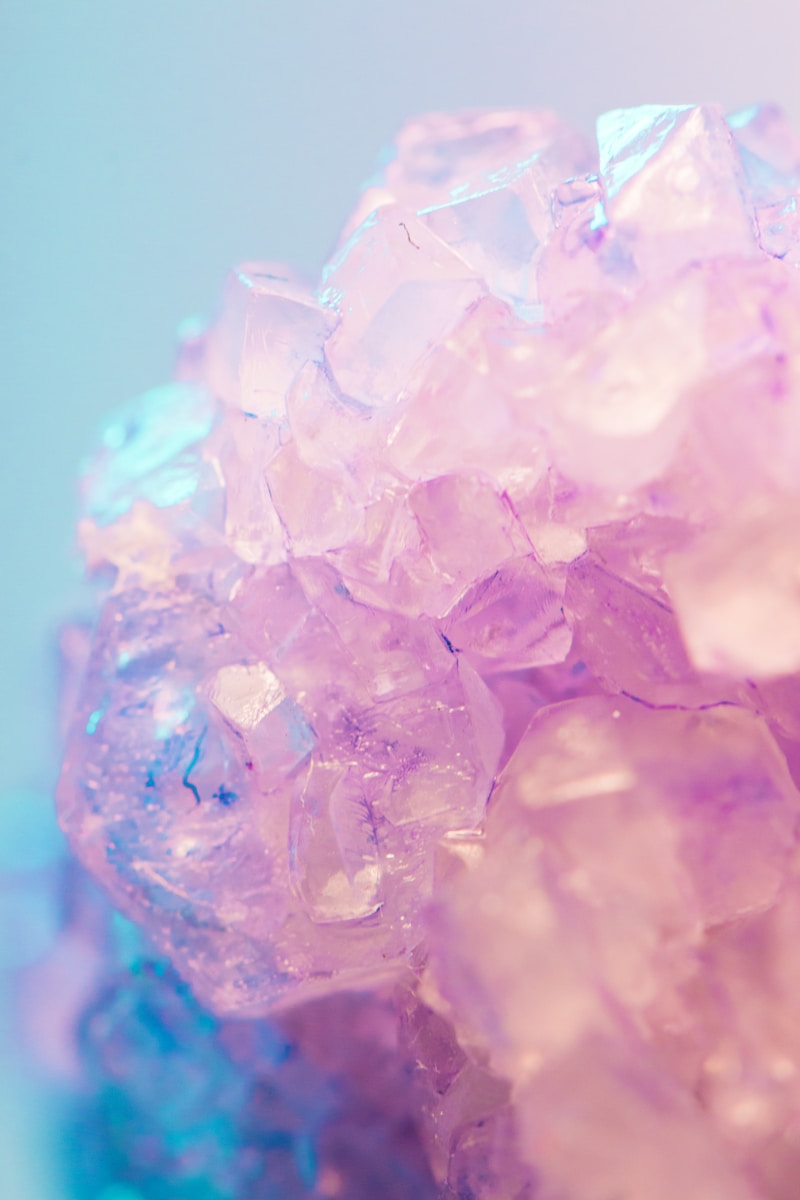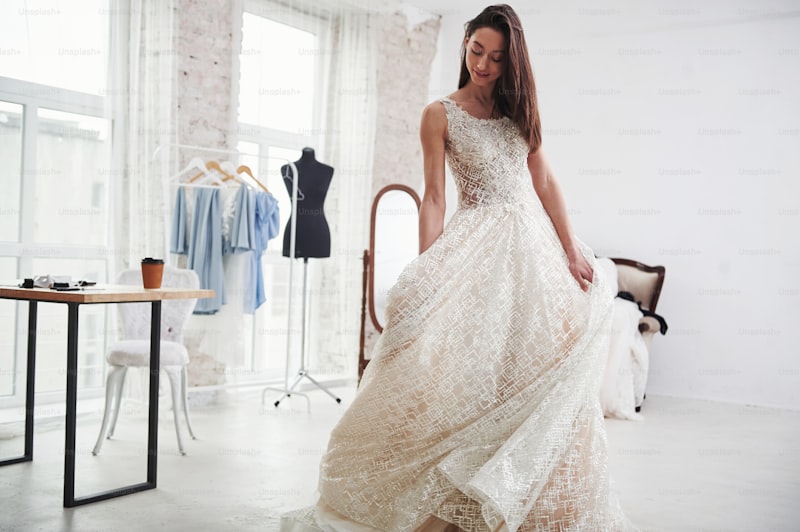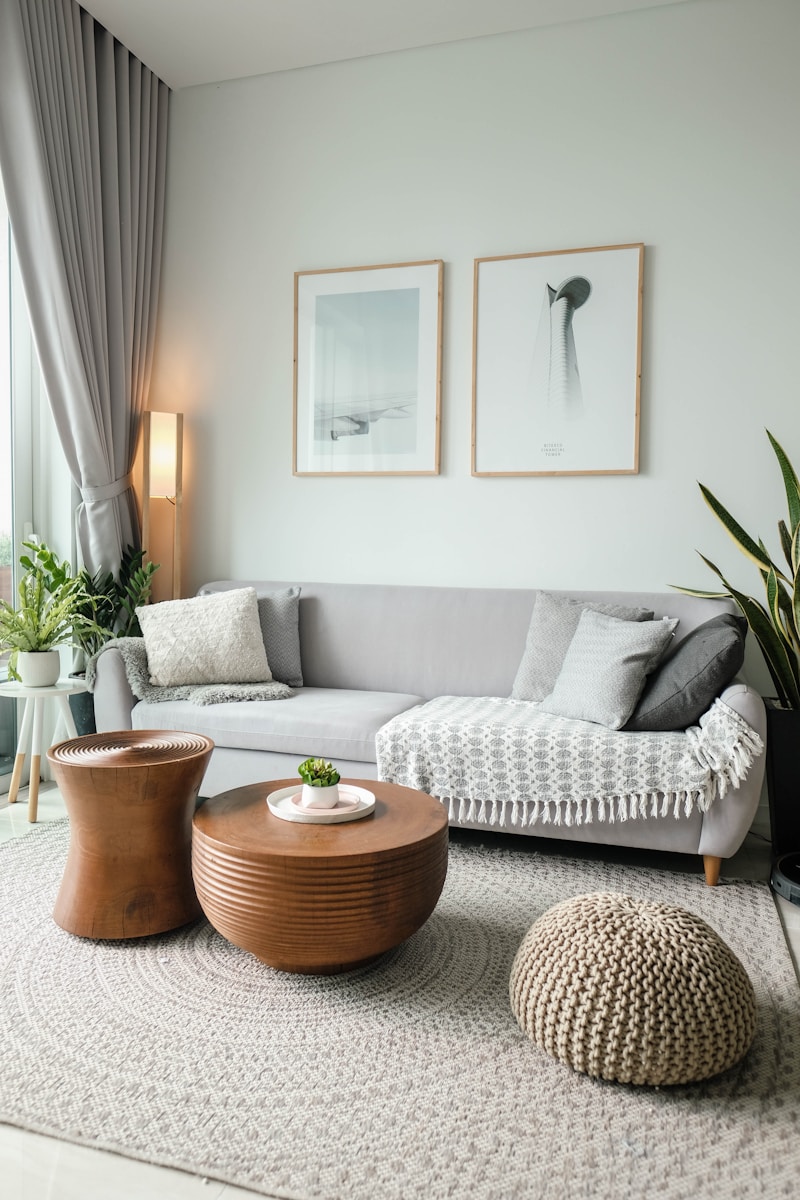Exploring the Diverse World of Satin Sheen Variations
Understanding Satin Sheen VariationsSatin sheen variations refer to the different grades and finishes of satin fabric, known for its luxurious feel and glossy surface. This article aims to provide a comprehensive overview of the various types of satin sheen, their unique characteristics, applications, and tips for choosing the right one for your projects. Whether you are a fashion designer, a home decorator, or simply a lover of textiles, this guide will help you navigate the enchanting world of satin.What is Satin?Satin is a weave that produces a smooth, lustrous surface on one side, while the reverse side is typically duller. This fabric is made from various materials, including silk, polyester, nylon, or blends of these fibers. The sheen of satin can vary significantly, leading to the term "satin sheen variations." The right choice of satin can make a large difference in your sewing projects, impacting everything from drape to durability.Common Types of Satin Sheen VariationsWhen discussing satin sheen variations, one might encounter several types. Below is a table summarizing the most common variations:Type of SatinDescriptionCommon UsesSilk SatinLuxurious, soft, and glamorous with a high luster.Evening gowns, high-end lingerie, and bridal wear.Polyester SatinA more affordable option that mimics silk satin's shine and feel.Costumes, formal wear, and home décor items.Nylon SatinStrong and durable with a decent sheen; offers good resilience.Swimwear, activewear, and occasio...
Unveiling the Beauty of Delicate Tulle Arrangements: A Complete Guide
Introduction to Delicate Tulle ArrangementsThe art of creating delicate tulle arrangements is a splendid way to add elegance and charm to various events such as weddings, parties, and even home decor. Tulle, a lightweight and sheer fabric, offers a unique texture that can transform any simple design into a stunning visual feast. In this article, we will explore the different ways to utilize tulle in arrangements, practical tips for crafting these stunning displays, and how to incorporate them into various settings to captivate your guests.What is Tulle?Tulle is a thin, fine netting fabric that is typically made from nylon, silk, or polyester. It comes in a variety of colors and can be easily manipulated, making it an ideal choice for creating soft, voluminous arrangements. Tulle is often used in bridal veils, wedding dresses, and decorations, allowing for versatility in design. The transparent quality of tulle adds depth and dimension without overwhelming other decorative elements.Why Choose Delicate Tulle Arrangements?Choosing delicate tulle arrangements for your decor has many advantages: Versatility: Tulle can be used for various occasions, from weddings to baby showers and even corporate events. Elegance: The soft and dreamy appearance of tulle creates an aura of sophistication and beauty. Cost-effective: Tulle is generally affordable, making it accessible for anyone looking to enhance their decor without breaking the bank. Easy to Work With: Whether you are a...
Unlocking the Secrets of Long-Lasting Textile Durability
Understanding Long-Lasting Textile DurabilityIn the world of textiles, durability is a key attribute that can significantly impact both the performance and sustainability of products. Long-lasting textile durability refers to the ability of fabrics to withstand wear and tear over time, maintaining their appearance and functionality. In this article, we will explore what contributes to the durability of textiles, various testing methods, and tips for consumers and manufacturers aiming for long-lasting textile solutions.What Affects Textile Durability?Several factors influence the durability of textiles. Understanding these can help manufacturers create more robust fabrics and consumers make informed choices:FactorDescriptionMaterial TypeThe natural or synthetic fibers used play a crucial role in durability.Weave StructureThe way fibers are woven affects strength and longevity.Finishing TreatmentsSpecial treatments can enhance or diminish durability.Environmental ConditionsExposure to sunlight, moisture, and temperature fluctuations can weaken textiles.Care InstructionsProper washing and maintenance extend the life of textiles.1. Material TypeThe choice of fibers is paramount in determining the durability of textiles. Natural fibers like cotton and wool offer breathability and comfort but may lack the robustness of synthetic fibers such as nylon and polyester. For instance, polyester is often favored in outdoor and performance wear due to its strength and resistance to stretchi...
Exploring Classic Silk Alternatives: Luxurious Fabrics for the Modern World
Silk has long been revered for its luxurious feel and elegant appearance. However, as more consumers become aware of sustainability and ethical sourcing, the demand for classic silk alternatives has surged. This article delves into various silk alternatives, their benefits, and what you need to consider when selecting these fabrics. Let’s explore the world of classic silk alternatives and discover how they can add value to your wardrobe while being kinder to the environment.Understanding Silk and Its Impact on the EnvironmentSilk is derived from the cocoons of silkworms, primarily the Bombyx mori species. While silk boasts incredible luster and softness, its production has raised ethical and environmental concerns. The traditional methods of silk farming often involve killing silkworms, raising questions about animal welfare. Additionally, the intensive resource requirements for cultivation, such as water and land, can lead to environmental degradation.Why Consider Classic Silk Alternatives?Classic silk alternatives offer numerous benefits that make them appealing choices for conscientious consumers. Here are several reasons why you might consider these fabrics:Sustainability: Many alternatives are produced using eco-friendly methods and materials, reducing environmental impact.Animal Welfare: Choosing fabric that doesn’t involve silkworm farming promotes animal rights and welfare.Affordability: Classic silk alternatives often come at lower price points, making luxury more ac...
Revolutionizing Fashion: The Rise of Eco-Friendly Fabric Innovations
In a world increasingly aware of environmental issues, the textile and fashion industries are undergoing significant transformations. One of the most notable changes is the emergence of eco-friendly fabric innovations. These materials not only provide stylish options for consumers but also promote sustainability and environmental consciousness. This article explores various types of eco-friendly fabrics, their benefits, and the impact of these innovations on the fashion industry.Understanding Eco-Friendly FabricsEco-friendly fabrics are textiles made from sustainable materials that have a low environmental impact. This category encompasses a wide range of innovative fabrics derived from natural sources, recycled materials, and even lab-grown substances. Here are the primary types of eco-friendly fabrics:Type of FabricDescriptionEnvironmental BenefitOrganic CottonProduced without synthetic pesticides and fertilizers.Reduces soil and water pollution.BambooMade from the fast-growing bamboo plant.Biodegradable and requires less water to cultivate.HempA durable fabric derived from the hemp plant.Involves minimal chemicals and improves soil health.Recycled PolyesterCreated from recycled plastic bottles.Reduces plastic waste and conserves petroleum resources.Tencel (Lyocell)Made from sustainably sourced wood pulp.Closed-loop process minimizes waste and chemicals.The Importance of Eco-Friendly Fabric InnovationsThere are several reasons why the fashion industry is shifting toward eco...
Mastering Designer Fabric Sourcing: A Comprehensive Guide
In the world of fashion and interior design, designer fabric sourcing is an essential skill that can elevate any project. Whether you’re a professional designer, a DIY enthusiast, or someone simply looking to enhance their home décor, understanding how to source quality fabrics can make all the difference. In this article, we will explore the key aspects of designer fabric sourcing, from identifying the right suppliers to understanding fabric types, costs, and trends.Understanding Designer Fabric SourcingDesigner fabric sourcing involves finding unique, high-quality materials that designers use to create garments and furnishings. It can include anything from luxury textiles like silk and velvet to sustainable materials that appeal to eco-conscious consumers. With the growth of online marketplaces and global suppliers, sourcing has become easier yet more competitive. This article explores various strategies to successfully source designer fabrics.The Importance of Quality FabricsWhen it comes to fashion and design, the quality of the fabric can significantly impact the final product. High-quality materials not only enhance the aesthetic appeal but also affect the garment's longevity and comfort. Here are some reasons why sourcing quality fabrics is crucial: Durability: Quality fabrics withstand wear and tear, ensuring that designs remain intact over time. Aesthetic Appeal: Good fabrics enhance colors, patterns, and textures, making designs more visually appealing. Comfort: ...
Exploring the Elegance of Sheer Overlays and Embellishments in Fashion
Understanding Sheer Overlays and EmbellishmentsWhen it comes to fashion, the details often make the biggest impact. One of the most beautiful and versatile trends in contemporary clothing design is the use of sheer overlays and embellishments. From runway collections to everyday wear, these elements can elevate an outfit, adding sophistication and artistry. In this article, we'll delve deep into what sheer overlays and embellishments are, how they are being used in modern fashion, and tips for incorporating them into your wardrobe.What are Sheer Overlays?Sheer overlays refer to translucent fabrics that are layered over a base garment. These fabrics can include chiffon, organza, tulle, and lace. The primary purpose of a sheer overlay is to create dimension and an ethereal quality to the overall design. It can transform simple silhouettes into deeply textured designs that play with light and shadow, allowing the wearer to express their individuality.Benefits of Sheer Overlays Versatility: Sheer overlays can be used for various occasions, from formal evening gowns to playful daytime dresses. Flattering Fit: The lightness of sheer fabrics gently drapes over the body, often creating a more flattering silhouette. Customization: Sheer overlays can be tailored with various embellishments, like sequins or beads, providing endless design possibilities.What are Embellishments?Embellishments in fashion are decorative elements added to garments to enhance their visual appeal. The...
Layering for Volume Enhancement: Unlocking the Secret to Luxurious Hair
Understanding Layering for Volume EnhancementWhen it comes to achieving voluminous hair, layering for volume enhancement has emerged as a popular technique among hairstylists and beauty enthusiasts alike. Layering not only adds dimension to your hair but also creates the illusion of fullness and bounce. This article will explore the various aspects of layering for volume enhancement, including techniques, benefits, and tips to achieve your desired look.What is Layering for Volume Enhancement?Layering for volume enhancement refers to the technique of cutting hair in varying lengths. This method allows for the creation of texture and movement, which ultimately leads to a fuller appearance. By removing bulk from the bottom layers while keeping the top layers longer, layering can transform flat, lifeless hair into a vibrant, voluminous mane.Benefits of Layering for Volume EnhancementThere are several benefits to choosing layering for volume enhancement: Increased Volume: Layers are known to lift the hair at the roots, creating an airy, voluminous look. Better Hair Movement: Layering allows hair to flow more freely, resulting in a softer and more natural appearance. Face-Frame Options: Layers can also be used to frame and highlight facial features, giving a flattering look to any face shape. Styling Versatility: Layers provide more options for styling, allowing you to play with curls, waves, and straight looks.Techniques for LayeringThere are several techniques hairstylists us...
Exploring Whimsical Organza Styles: A Journey into the Enchanting World of Fashion
Introduction to Whimsical Organza StylesIn the ever-evolving realm of fashion, few materials evoke a sense of magic and whimsy quite like organza. This lightweight, sheer fabric has become a staple in the wardrobes of fashion enthusiasts, as it effortlessly adds a playful and romantic touch to any ensemble. Whether you are planning a wedding, attending a gala, or simply looking to elevate your everyday attire, understanding the charm of whimsical organza styles can help you express your personality through fashion.What is Organza?Organza is a thin, crisp, and sheer fabric typically made from silk, nylon, or polyester. Known for its stiffness, organza holds its shape while allowing light to filter through, creating an ethereal effect. It is often used in formal wear, evening gowns, and decorative elements like ruffles and bows. The unique properties of organza make it ideal for creating whimsical styles that can stun at any event.The Allure of Whimsical StylesWhimsical organza styles are characterized by their playful designs, vibrant colors, and imaginative use of fabric. These styles often blend traditional techniques with modern aesthetics, resulting in garments that are both timeless and contemporary. From voluminous skirts that twirl elegantly to flowing capes that billow in the wind, the possibilities are endless. Below are some popular whimsical organza styles that you can explore:Whimsical Organza StylesDescriptionOrganza Ball GownsPerfect for proms or weddings, these ...
The Art of Custom Texture Combinations: Elevate Your Designs
Introduction to Custom Texture CombinationsIn the world of design, textures play a crucial role in adding depth and interest to any project. Custom texture combinations allow designers to create unique and engaging visuals that can capture the audience's attention. This article delves into the significance of using custom texture combinations, their practical applications, and tips for creating them effectively.Understanding Textures in DesignTextures can be defined as the surface quality of an object, both visual and tactile. They can evoke emotions, create atmosphere, and influence the overall perception of a design. In graphic design, textures are not just decorative elements; they serve functional purposes as well.By utilizing custom texture combinations, designers can: Enhance the visual appeal of their projects. Create contrast and depth, making designs more dynamic. Highlight specific areas or elements within a composition.Types of Textures for Custom CombinationsBefore diving into custom texture combinations, it’s essential to understand the types of textures available. They can be categorized into several types:Natural TexturesTextures found in nature such as wood, stone, and water.Fabric TexturesTextures that mimic the look and feel of various materials like silk, denim, and leather.Abstract TexturesInnovative and artistic textures that do not represent real-world surfaces.Digital TexturesTextures created using digital tools to simulate different materials ...
The Secrets of Hidden Boning and Structure in Fashion Design
Understanding Hidden Boning and Structure in FashionWhen it comes to fashion design, especially in the world of couture and bespoke garments, hidden boning and structure play a crucial role in achieving that perfect silhouette. This article will explore the intricacies of hidden boning, its applications, benefits, and why it is a must-know technique for aspiring fashion designers and enthusiasts alike.What is Hidden Boning?Hidden boning refers to the use of supportive materials incorporated discreetly into garments to create shape, provide structure, and maintain the integrity of delicate fabrics. Often utilized in corsetry, evening gowns, and structured dresses, hidden boning helps to sculpt the body and enhance the overall aesthetic of a garment.The Importance of Structure in Fashion DesignEvery designer knows that the structure of a piece is paramount. A well-structured garment not only elevates the design but also impacts the wearability and comfort of the dress. Here are some reasons why structure is essential:Shape Maintenance: Hidden boning helps retain the desired silhouette throughout the day.Support: It provides the necessary support for both the fabric and the wearer, enhancing comfort.Durability: Well-structured garments withstand the test of time, making them a worthy investment.Aesthetic Appeal: The right structure can transform a simple design into a show-stopping piece.Benefits of Hidden BoningExamples of UseEnhances body shapeCorsets, Ball gownsImproves garme...
The Ultimate Guide to Lightweight Chiffon Drapes: Elegance and Versatility for Your Space
When it comes to home décor, the choice of fabrics can make a significant difference in the ambiance of your space. One fabric that has become increasingly popular for its elegance and versatility is lightweight chiffon drapes. These airy and translucent drapery options not only allow for natural light to filter through but also add a touch of sophistication to any room. In this comprehensive guide, we will explore the benefits, styles, and care tips for using lightweight chiffon drapes in your home.What Are Lightweight Chiffon Drapes?Lightweight chiffon drapes are made from a fine, sheer fabric that is lightweight yet flows beautifully. Typically constructed from polyester or silk, chiffon drapes are known for their soft texture and ability to create ethereal effects in interior design. The lightness of the fabric allows for gentle movement, making them perfect for creating a dreamy atmosphere.Benefits of using Lightweight Chiffon DrapesNatural Light Filter: Chiffon drapes provide a soft filter for sunlight, reducing harsh glare while still allowing natural light to brighten your room.Elegant Aesthetic: With their delicate appearance, lightweight chiffon drapes elevate the overall style of your décor, making them ideal for both modern and traditional settings.Versatility: Available in various colors and patterns, chiffon drapes can easily complement any color scheme or design theme.Easy to Hang: These drapes are typically lightweight and can be easily hung or draped over rod...

